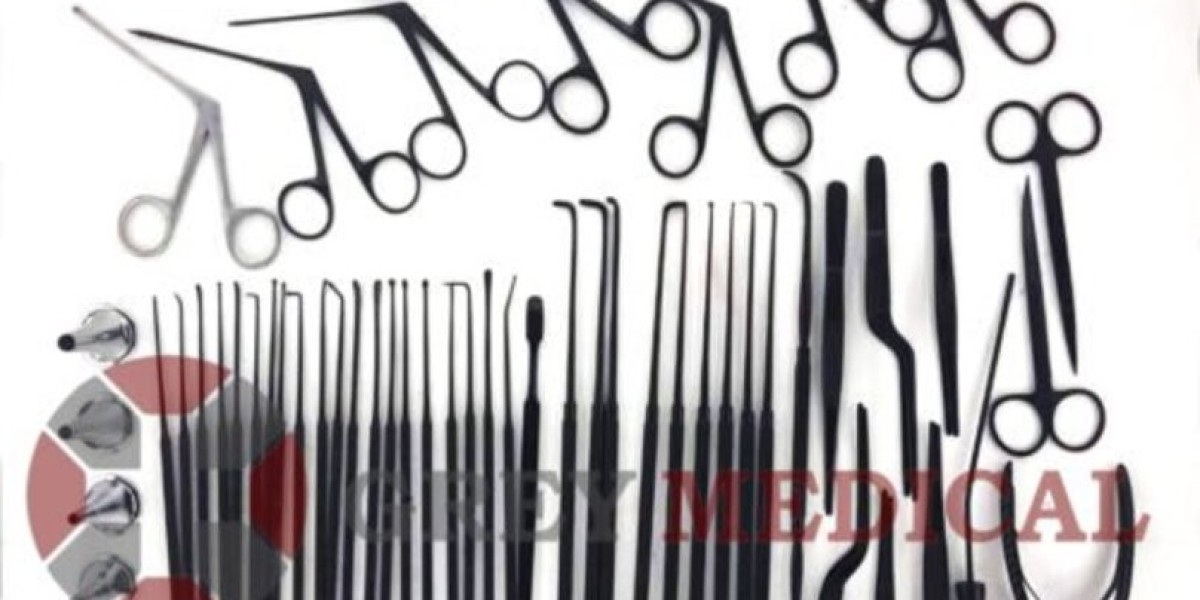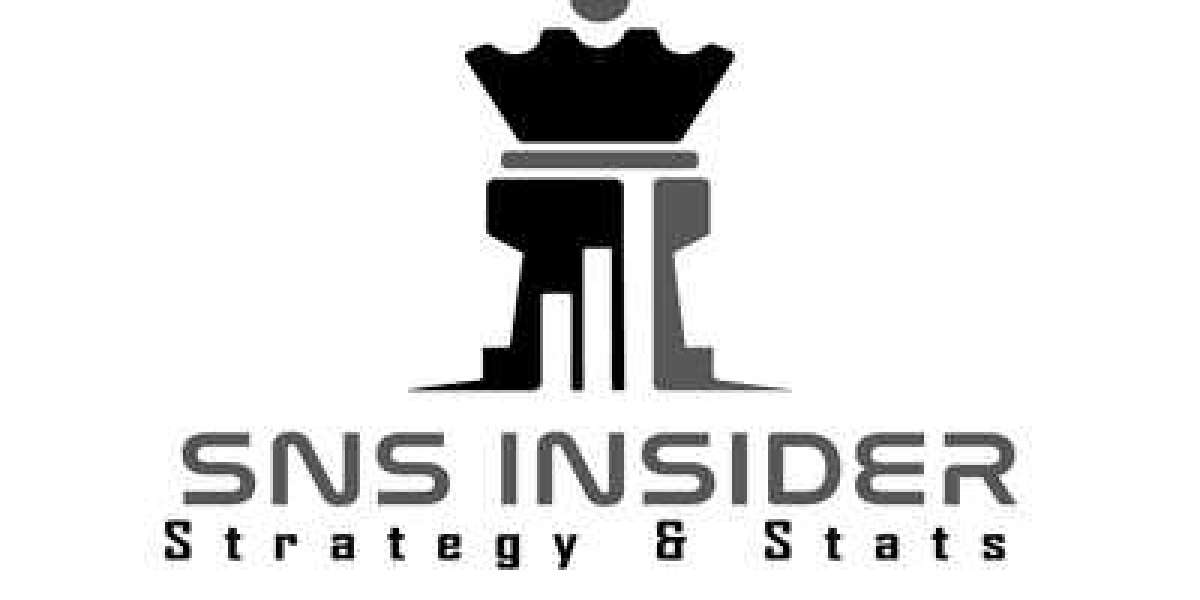Ear, Nose, and Throat (ENT) surgeries require a range of specialized instruments to diagnose, treat, and repair conditions affecting these sensitive and complex areas of the body. Whether performing a routine tonsillectomy or a more intricate procedure like endoscopic sinus surgery, ENT surgeons rely on precision tools to ensure the best outcomes. In this blog, we will explore some of the most essential instruments used in ENT surgery and their functions.
1. Nasal Speculum
The nasal speculum is an important tool used to open the nostrils for better visibility during nasal examinations and surgeries. It helps the surgeon view the nasal passages and sinuses and allows for easier access to the area for procedures such as septoplasty or nasal polypectomy. Nasal speculums are typically made of stainless steel and are available in various sizes to accommodate different patients.
2. Tonsil Forceps
Tonsil forceps are designed for grasping and holding the tonsils during a tonsillectomy, a common ENT surgery performed to remove enlarged or infected tonsils. These forceps feature a curved, serrated tip that helps in securely clamping the tonsils while preventing excessive bleeding. Tonsil forceps come in different shapes and sizes, allowing for flexibility during the procedure.
3. Laryngeal Mirrors
The laryngeal mirror is a diagnostic tool used by ENT specialists to examine the larynx and vocal cords. The mirror has a small, concave shape and is attached to a handle. It provides a clear view of the larynx and is essential for diagnosing voice disorders, infections, or tumors in the throat. Laryngeal mirrors are available in various sizes, enabling the surgeon to access different parts of the throat during examination.
4. Surgical Scissors
Surgical scissors used in ENT procedures are designed for cutting delicate tissues with precision. These scissors come in various shapes, including straight, curved, and angled, depending on the type of surgery being performed. For instance, Mayo scissors are often used for cutting soft tissues during procedures like tonsillectomies, while Metzenbaum scissors are preferred for finer tissue dissection during procedures involving the ear or throat.
5. Ear Curettes
Ear curettes are used in the removal of ear wax, foreign bodies, or debris from the ear canal. These instruments come in various shapes, including loop-shaped or spoon-shaped tips, and are designed to be gentle on the ear canal while ensuring effective cleaning or removal of blockages. In more advanced surgeries, ear curettes are used for procedures like myringotomy, which involves creating an incision in the eardrum to relieve pressure or drain fluid.
6. Endoscopes
An endoscope is an essential tool in modern ENT surgery, particularly for minimally invasive procedures. It is a long, flexible tube equipped with a light source and a camera, allowing surgeons to visualize the internal structures of the ear, nose, and throat without making large incisions. Nasal endoscopes and laryngoscopes are commonly used for diagnosing and treating conditions such as nasal polyps, tumors, and obstructed sinuses. Endoscopy has revolutionized ENT surgery by providing better visualization and improving patient outcomes through less invasive techniques.
7. Suction Devices
During ENT surgeries, blood and fluids can accumulate in the surgical field, obstructing the surgeon’s view. Suction devices help maintain a clear view by removing excess fluids. These tools are especially important in surgeries involving the nasal and sinus areas, where the use of suction ensures that the surgeon has an unobstructed view of the surgical site.
8. Surgical Drills
In more complex ENT surgeries, such as those performed on the ear or the base of the skull, surgical drills are used to access hard-to-reach areas. These drills are designed for precision and control, allowing surgeons to carefully remove bone or tissue while minimizing damage to surrounding structures. For example, in mastoidectomy, a procedure to remove infected bone from behind the ear, surgical drills are used to carefully remove the mastoid bone.
9. Hemostats
Hemostats are used to control bleeding during ENT surgeries. They are clamp-like instruments that apply pressure to blood vessels to stop bleeding. In ENT procedures, controlling bleeding is essential to maintaining a clear surgical field and preventing complications. Hemostats are particularly useful during surgeries involving the nasal passages and sinuses, where blood vessels are abundant.
10. Needle Holders and Sutures
Needle holders are used to firmly grip the needle when suturing tissues during surgery. ENT surgeons rely on them to ensure precise stitching, whether for closing incisions or suturing delicate tissues in the ear, nose, or throat. After surgery, sutures are essential for proper healing, and the choice of suturing technique depends on the surgery type and the tissue involved.
Conclusion
ENT surgery tools are designed to cater to the delicate and intricate nature of the ear, nose, and throat regions. Instruments like nasal speculums, tonsil forceps, laryngeal mirrors, and endoscopes help ENT specialists perform accurate diagnoses and treatments with minimal invasiveness. The precision offered by these tools, such as surgical scissors, ear curettes, and hemostats, allows for effective management of various conditions affecting the head and neck. As medical technology continues to evolve, these essential instruments will play a crucial role in advancing the effectiveness and safety of ENT surgeries, ultimately improving patient outcomes and quality of life


